VIVIAN MAIER
VIVIAN MAIER
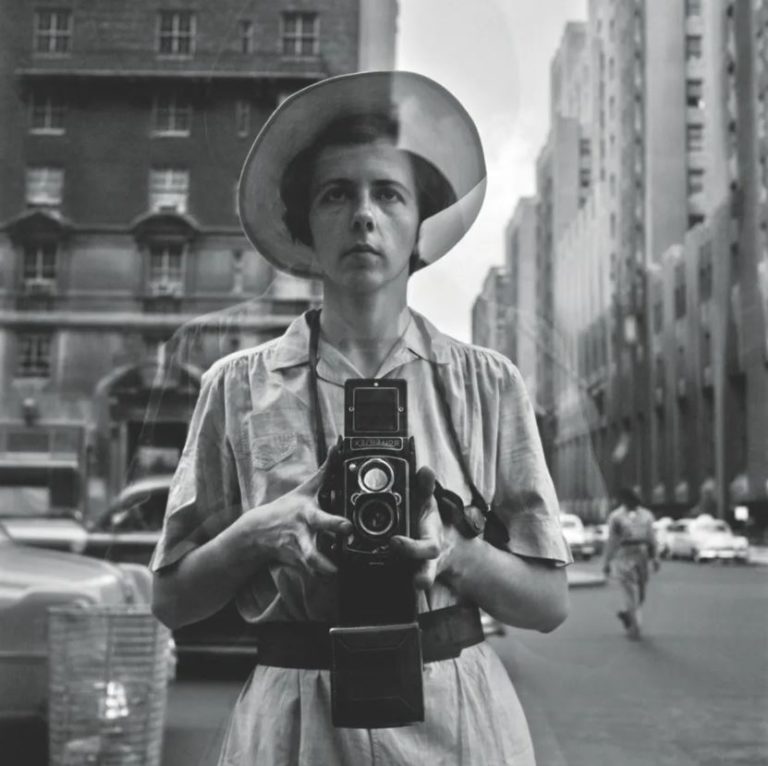
It’s a little ironic, the movie Finding Vivian Maier. Had Maier been alive, she might have said that she wasn’t lost and didn’t need to be found. Maybe she hasn’t been found, even now; we know so little about her. It’s her photographs that are found. And what a find!
I like Vivian Maier so much that I got one of her books for Christmas: Vivian Maier: Street Photographer, edited by John Maloof, foreword by Geoff Dyer. In preparation for this post, I thumbed through this book of about a hundred photographs, taking a fresh look at her work. This was much easier than writing this post. Writing is hard. No one gets to read my first draft, my second, nor the next. Around draft five, however, things start to take shape. In this process, I explore the ideas of others and think about my own. Eventually, I emerge with a clearer view of what I want to say.
Back to the book. The foreword, by Geoff Dyer, contains the observation that Maier “exists entirely in terms of what she saw.” She lived a very private life, never married, had no children, and no close friends. She was discovered when, in 2007, the rent on her storage locker in Chicago went unpaid and its contents were auctioned off, including over 100,000 negatives. One of the buyers was John Maloof. Scanning the negatives, he realized he was onto something. He knew only that the unit’s previous owner was one Vivian Maier until her obituary appeared online in 2009. You can all learn about his discoveries in the documentary Finding Vivian Maier.
According to Mary Ellen Mark (in Finding Vivian Maier), Maier could have been a famous photographer, like “Robert Frank with a square format, Lisette Model, Helen Leavitt definitely, Diane Arbus.”
Who was Vivian Maier, and does it matter? Can we know her only through her work? Briefly, this is what is known of her biography. She was born in 1926 in New York to immigrant parents: a French mother and an Austrian father. It seems to have been a turbulent marriage. As a child, Maier also lived with guardians and foster parents. Several times she lived in France with her mother. By age 25, she was back in New York and five years later, in Chicago, where she worked as a nanny and caregiver for 40 years. The families she worked for variously described her as great fun and good with children, or cruel and abusive, prickly, and a packrat. Above all, she was intensely private. She died in Chicago in 2009, age 83.
Joel Meyerowitz (also in Finding Vivian Maier) says that her pictures “show a tenderness, instant alertness to human tragedies, and moments of generosity and sweetness.” She was “incredibly watchful, observant, caring… seeing just how close you can come into somebody’s space and make a picture of them. That,” he says, “tells me a lot about her.”
Here are a few of her photographs:
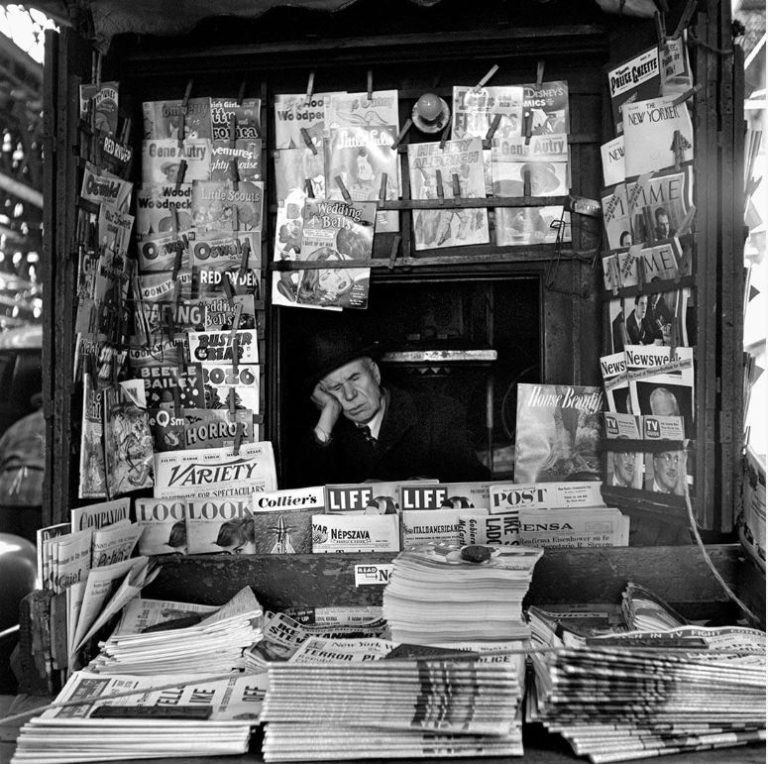
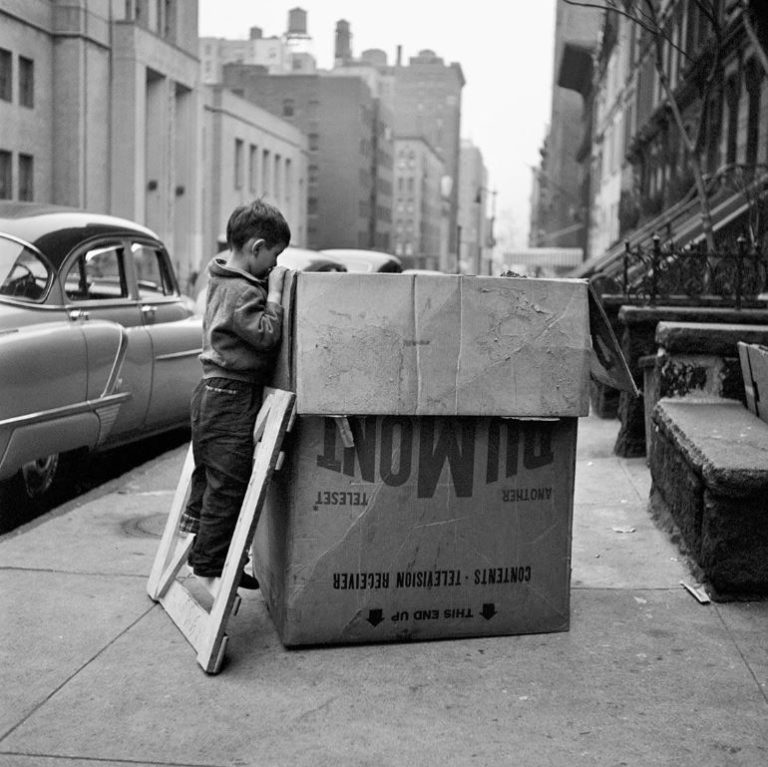

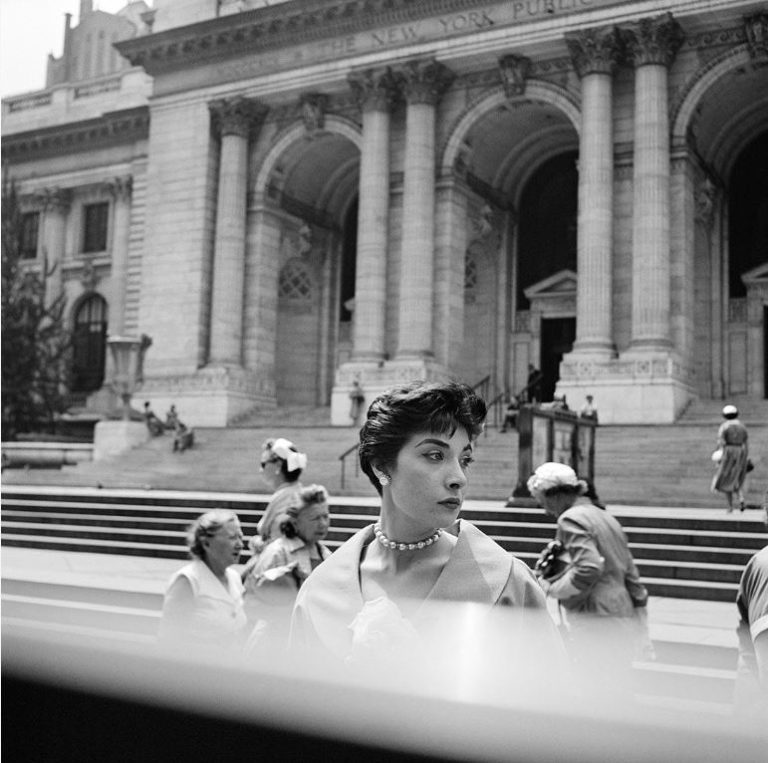
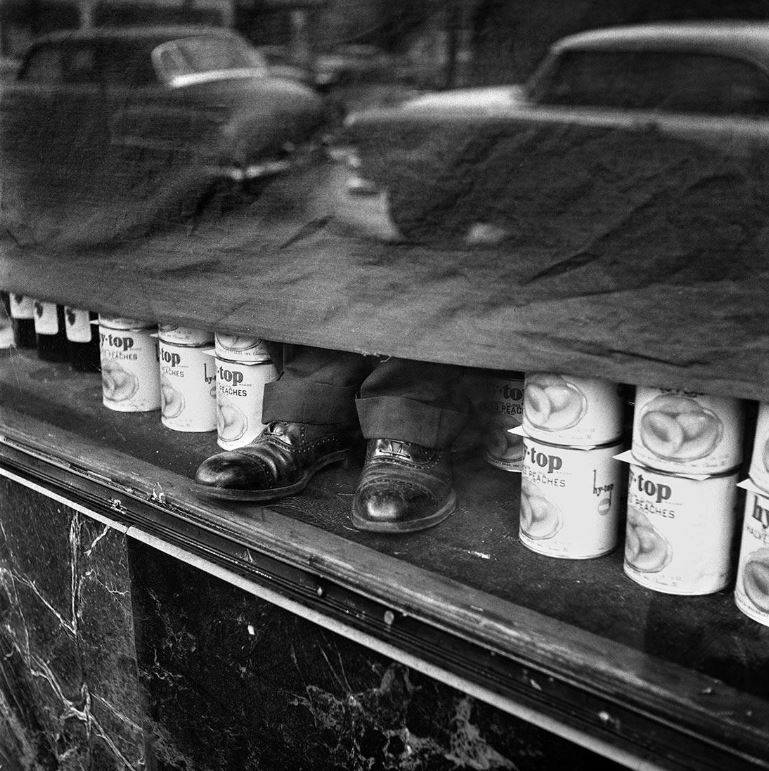
Why take all these photographs and not share them? Maier seems to have had a favorable opinion of her work; in a letter to a French printer, she wrote, “They’re not so bad if I say so myself.” Meyerowitz observes that “some people’s character prevents them from pushing that little bit you need to push to get the work seen. She didn’t defend herself as an artist, she just did the work.” I’ve met people like this, incredibly talented but prevented from moving forward by personal experiences too difficult to overcome. Maybe this was Maier.
One of the first questions we ask others about themselves is where they come from. Everybody hails from somewhere. Our background, values, culture, and character influence what we are and how we see. It’s interesting to note that none of the families that Maier worked for knew she came from New York; they thought she came from France.
We need connection, often through stories, to completely understand. Societies recognize greatness, want to understand it, even mimic it. Take Leonardo Da Vinci’s Mona Lisa as an example; we wonder not just how it was created but also who could do this. That’s why just looking at Vivian Maier’s photographs, or, as Dyer puts it, “to exist entirely in terms of what we see,” is not enough. Finding Vivian Maier, and not just her photographs, helps us to understand. Understanding greatness is worthwhile. And I think Vivian Maier was great.

